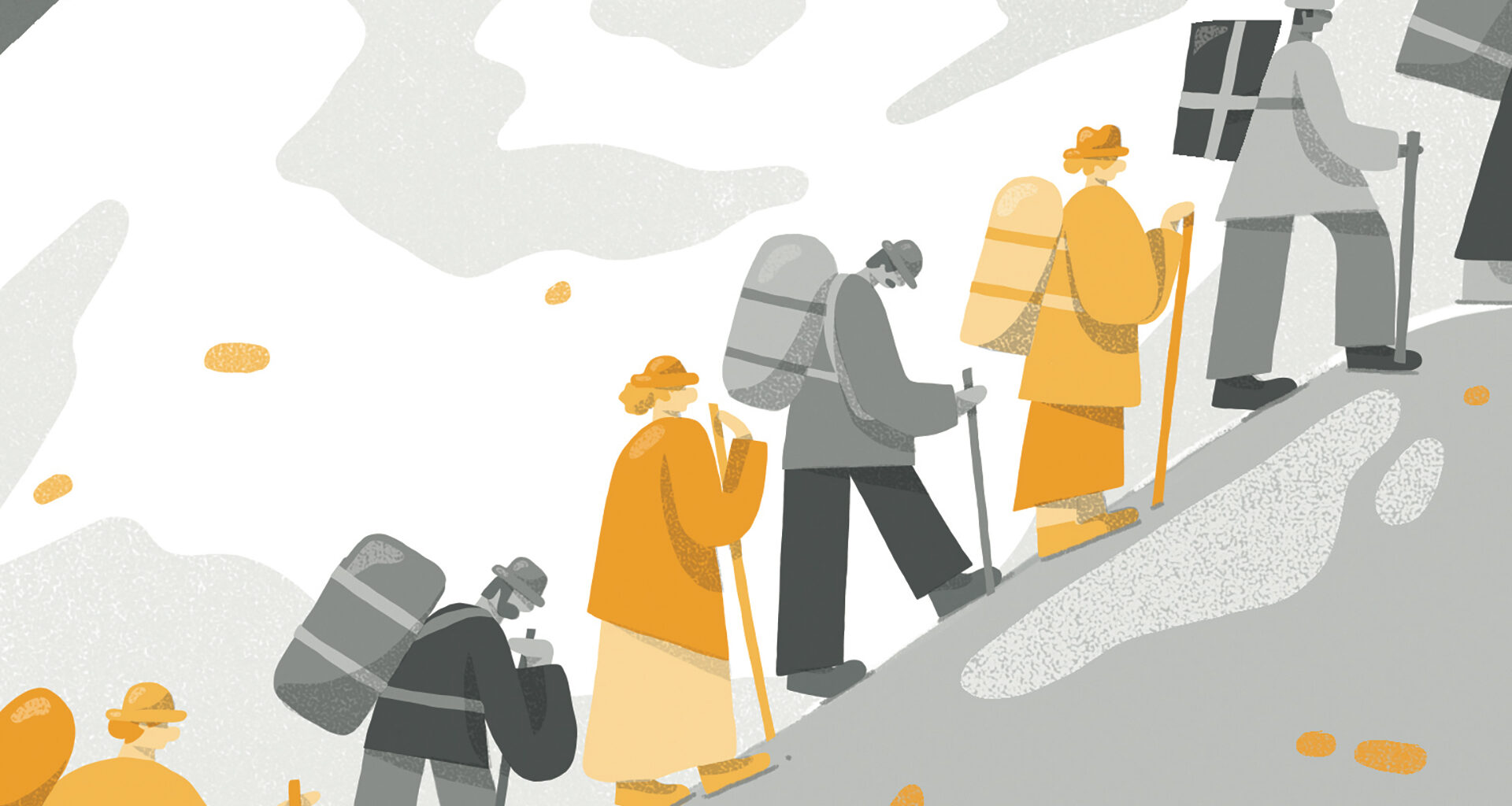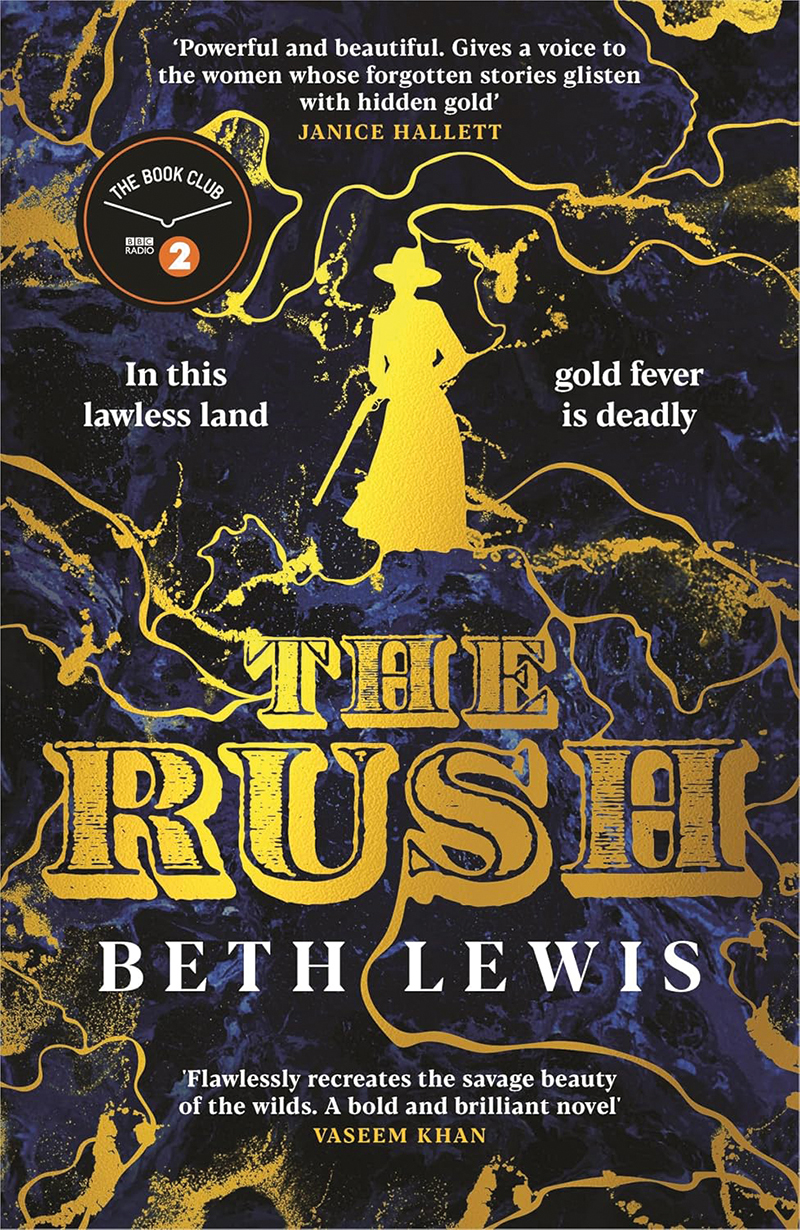Emma was an adventurer at heart and while working for a Chicago newspaper, met financiers who were interested in mining. She wrote beautifully about her experiences, particularly her trip on the rapids. It is said she was the first woman to work an oar on the treacherous White Horse Rapids and was certainly the first woman to ride it twice, just for fun. Emma lived on her own terms, had her own adventures, and broke the rigid mould of Victorian society’s expectation of women.
Read more:
Then we have Martha Malone, a hotelier and madam in Dawson City. She’s based on two women – Belinda Mulrooney and Harriet ‘Ma’ Pullen. Harriet arrived on the dock with $7 in her pocket and quickly found work as a cook. She became famous for her apple pies and soon realised the real money wasn’t to be had from gold but from the miners. She opened her famous hotel a year after she arrived in Skagway and lived there her whole life.
Belinda Mulrooney was known as the ‘richest woman in the Klondike’. A canny businesswoman, she also mined the miners, reasoning it was the finer things in life they’d crave and she was correct. She opened the Fairview Hotel, on the corner of Princess Street and First Avenue, where Martha’s Dawson Hotel stands. She owned five gold claims and even ran the sweepings from the floor of her hotel through a sluice box, collecting over $100 a day in dropped gold dust.

My long-suffering miner’s wife Ellen is loosely based on Ethel Berry and similar ‘mining wives’ at the time. Ethel Berry was known as the ‘bride of the Klondike’. Her husband Clarence tended bar to make ends meet. It was in that bar that he met George Carmack, one of three people who struck the first major discovery that sparked the Gold Rush. Clarence Berry staked a claim and the pair lived there, working the mines together. They left the Klondike as millionaires, though many were not so lucky.
Unfortunately, even the woman who is murdered in the novel is based on a real woman. She is loosely inspired by Molly Walsh. Molly ran a grub tent on the trail, feeding gold-crazed miners. She had many suitors and ended up marrying a man named Mike Bartlett who she later left. However, Bartlett was an abusive man who tracked her down, chased her into an alley and killed her. One of Molly’s suitors was still in love with her and when he found out she was dead, commissioned a statue of her which still stands today in Skagway.
The stories of the women at this tumultuous and dangerous time, where fortunes could be made and lost in an afternoon, where millions of dollars could be pulled from a river by hand or found with the strike of
a pick, are largely overlooked in the history books. But they were there.
These women walked the trail with a year’s worth of supplies on sleds, they staked their claims and mined for gold, they owned businesses and made or lost their fortune on their terms.
In The Rush, I hoped to bring these stories of these brave, resilient women into the light where they rightly belong.
The Rush by Beth Lewis is out now (Profile, £18.99). You can buy it from the Big Issue shop on bookshop.org, which helps to support Big Issue and independent bookshops.
Do you have a story to tell or opinions to share about this? Get in touch and tell us more.



